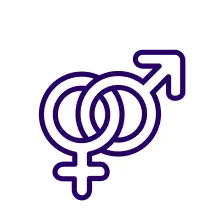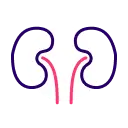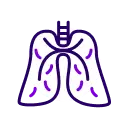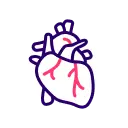
About aHUS

Atypical haemolytic uraemic syndrome (aHUS) is a rare and serious disease that affects both adults and children.1-3 aHUS is a condition caused when the complement system, which is part of the body’s immune system, becomes overactive.
This leads to the thrombotic microangiopathy (TMA), which in aHUS is known as complement-mediated TMA because it involves uncontrolled complement activation and organ damage.1-3,5-7
TMA is a group of diseases, which includes aHUS and is characterised by the formation of blood clots in small blood vessels and damage to blood vessel walls.1-7 In aHUS, the defect or fault in the complement system causes the body to form blood clots, which is why aHUS is characterised as a form of TMA.
TMA can lead to damage to organs such as the kidneys, heart and brain, and can stop some organs from working properly.1-7 TMA most commonly affects the kidneys.







